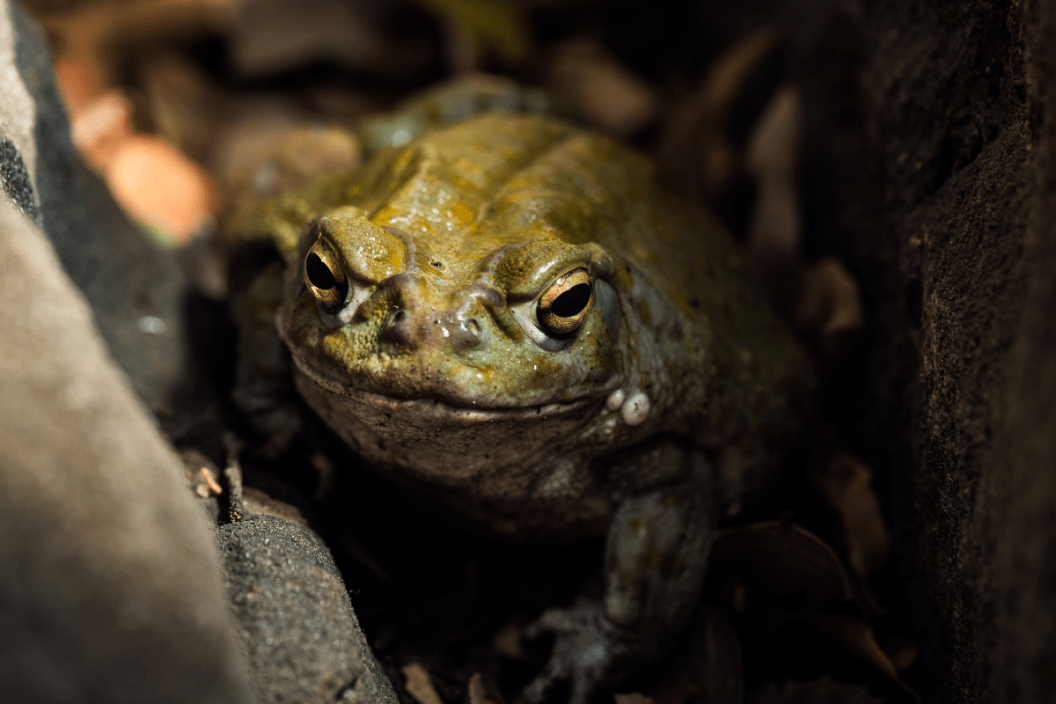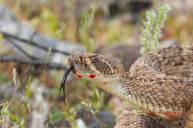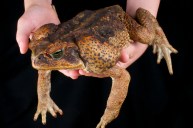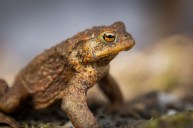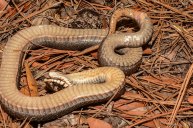Sometimes, people do some pretty dumb things. In a toad-ally bizarre post, the National Parks Service warned visitors not to lick the Sonoran desert toad (Bufo alvarius), also called the Colorado river toad. You wouldn't think this warning would need to be publicized, but the world population never really ceases to amaze.
The post showed a rather large toad against the forest backdrop. According to the National Parks Service, the toad is one of the biggest in North America, commonly reaching seven inches long. While people's first instinct is to pick up a frog when they see one, the NPS advises that visitors admire these amphibians from a distance.
"As we say with most things you come across in a national park, whether it be a banana slug, unfamiliar mushroom, or a large toad with glowing eyes in the dead of night, please refrain from licking," NPS wrote. "These toads have prominent parotoid glands that secrete a potent toxin. It can make you sick if you handle the frog or get the poison in your mouth."
The Sonoran desert frog's toxin is a strong psychoactive that can kill adult dogs if they pick it up in their mouths. The toxin can enter through their mouth, nose, and eyes, so be very cautious if you are walking or hiking with your dog in areas where this frog lives. According to the Arizona-Sonoma Desert Museum, signs of intoxication are an irregular heartbeat and gait, excessive salivation, and pawing at the mouth. If your dog exhibits these symptoms, rinse their mouths from the back to the front and contact your veterinarian.
The Sonoran desert toad lives in Central Arizona through southwestern New Mexico. It can also be found in Sinaloa, Mexico, and has been known to cross over into southeastern California from time to time. They are active from the end of May through September, especially during summer rains. During the summer heat, they are primarily nocturnal. They typically live for ten years and can stay alive for as long as 20.
